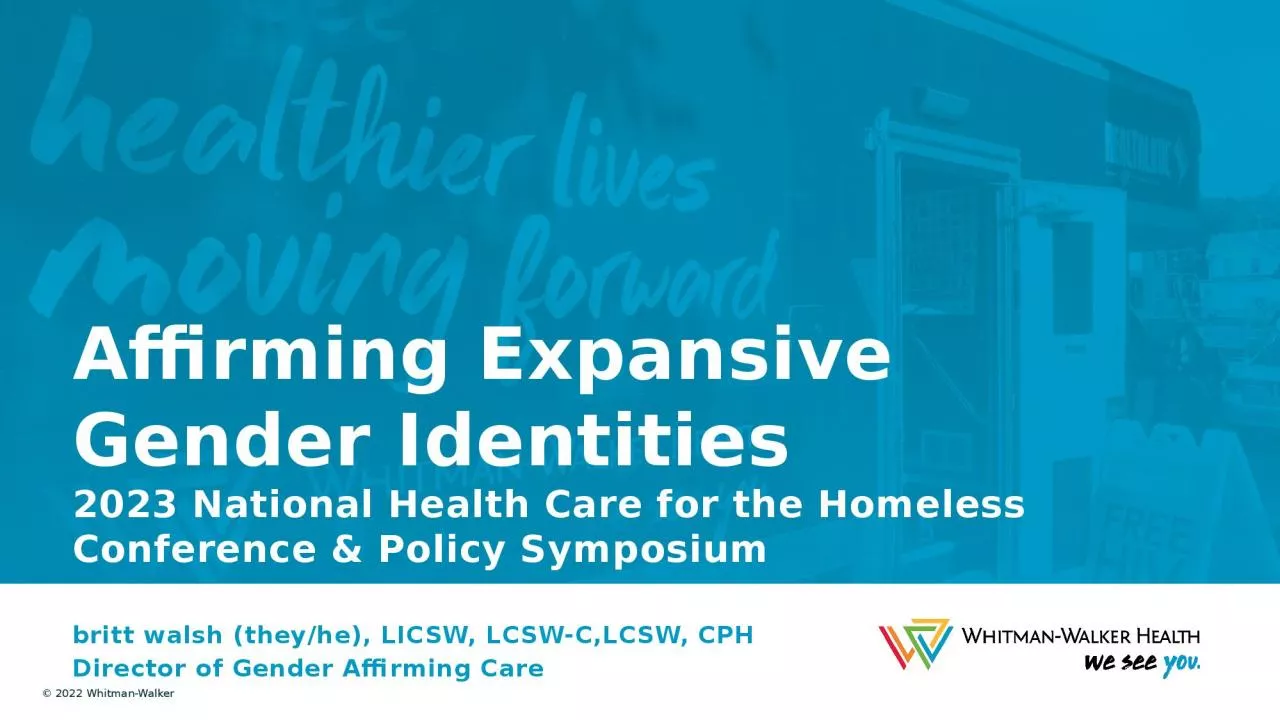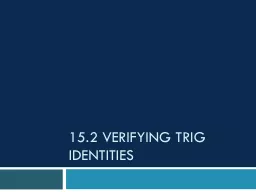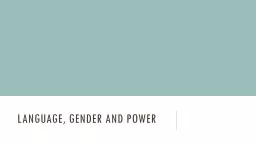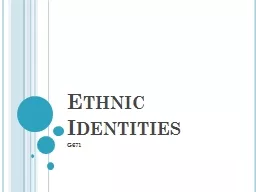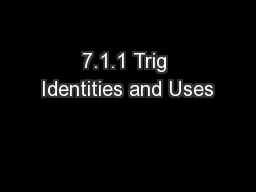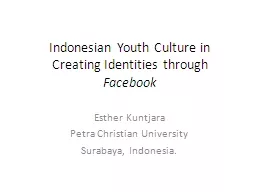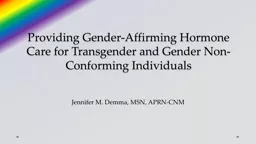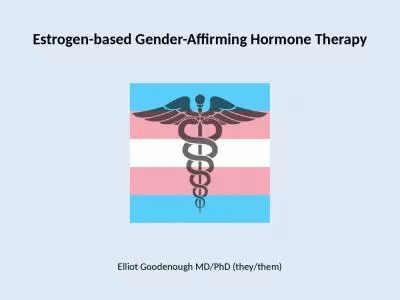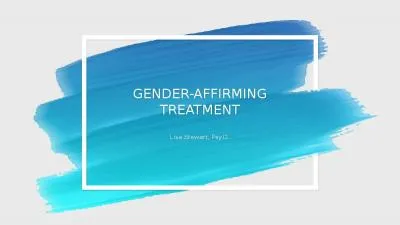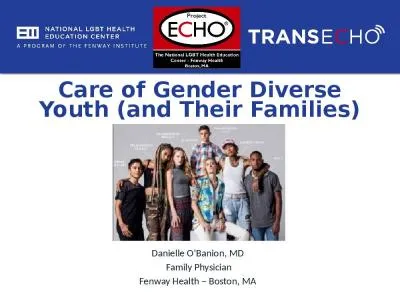PPT-Affirming Expansive Gender Identities
Author : miller | Published Date : 2024-03-13
2023 National Health Care for the Homeless Conference amp Policy Symposium britt walsh theyhe LICSW LCSWCLCSW CPH Director of Gender Affirming Care Personal Reflection
Presentation Embed Code
Download Presentation
Download Presentation The PPT/PDF document "Affirming Expansive Gender Identities" is the property of its rightful owner. Permission is granted to download and print the materials on this website for personal, non-commercial use only, and to display it on your personal computer provided you do not modify the materials and that you retain all copyright notices contained in the materials. By downloading content from our website, you accept the terms of this agreement.
Affirming Expansive Gender Identities: Transcript
Download Rules Of Document
"Affirming Expansive Gender Identities"The content belongs to its owner. You may download and print it for personal use, without modification, and keep all copyright notices. By downloading, you agree to these terms.
Related Documents

